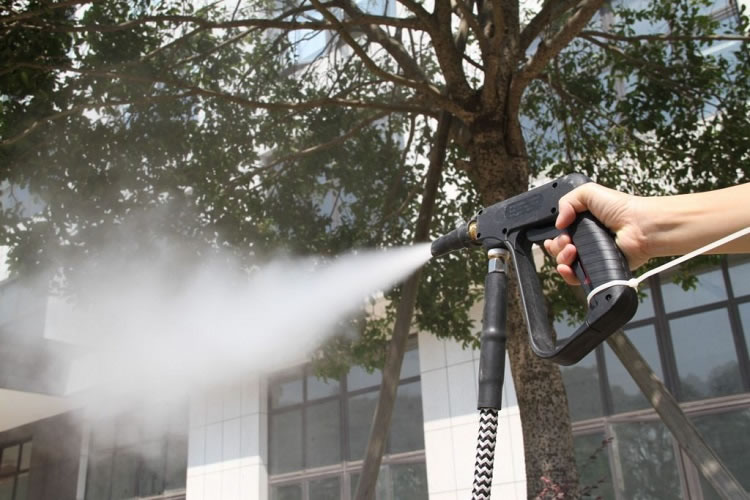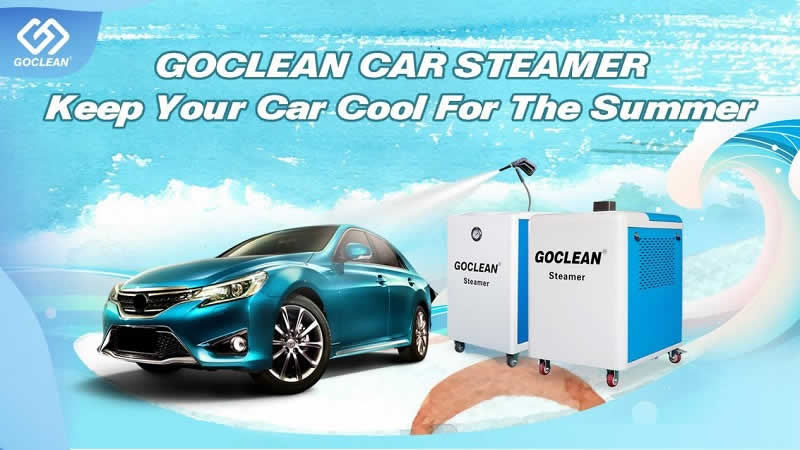The truth about steam cleaning
The cleaning industry has experienced a dramatic increase in the use of low-pressure steam cleaners since the late 1990s, in order that many cleaning experts often ask the amount as a “steam revolution!”

The term “dry steam” may sound sort of a contradiction as steam may be a by-product of water and thus cannot possibly be dry.
This is often true of conventional steam like that from a kettle but by applying further heat to standard steam and superheating it to between 130°C and 200°C, the remaining water is vaporized leading to “dry” steam. it’s this dry steam that’s ideal to be used in both wet and dry environments alike and provides excellent cleaning and sanitation capability.
The fact is that steam cleaning is way less aggressive than more conventional cleaning methods and it doesn’t damage any surfaces.
Dry steam has great “green biodegradable” credentials because it only uses clean cold water to realize these high standards of cleanliness and therefore the highest degree of bactericidal efficacy.
Professional steam hygiene systems make sure that even the very best standards of cleanliness and bactericidal control are often exceeded. Utilizing steam at temperatures above 130°C safely removes microbes and organisms living beneath their own protective biofilm, which normally can resist the foremost powerful chemical agents for prolonged periods. Independent laboratory and hospital tests have verified the bactericidal efficacy of steam.
The dry steam can get rid of dirt and pathogens and their biofilm including MRSA, Acinetobacter, and C. Difficile, and any residue is left ready for fast removal either manually employing a microfibre cloth or via an inbuilt vacuum. The surfaces are left thoroughly deep cleaned, instantly ready for reuse, and pathogen-free.
Given the proven diary of dry steam, it’s easy to ascertain why it’s become the chosen method of sanitation in high-risk areas like food production and preparation areas also as other environments which require the very best standard of cleanliness and bactericidal efficacy including (but not limited to) hospitals, education facilities, and hospitality and leisure environments. the main target in these areas is extremely often to realize a better goal.





I am interested to impor.
Babul Akter
Bangladesh